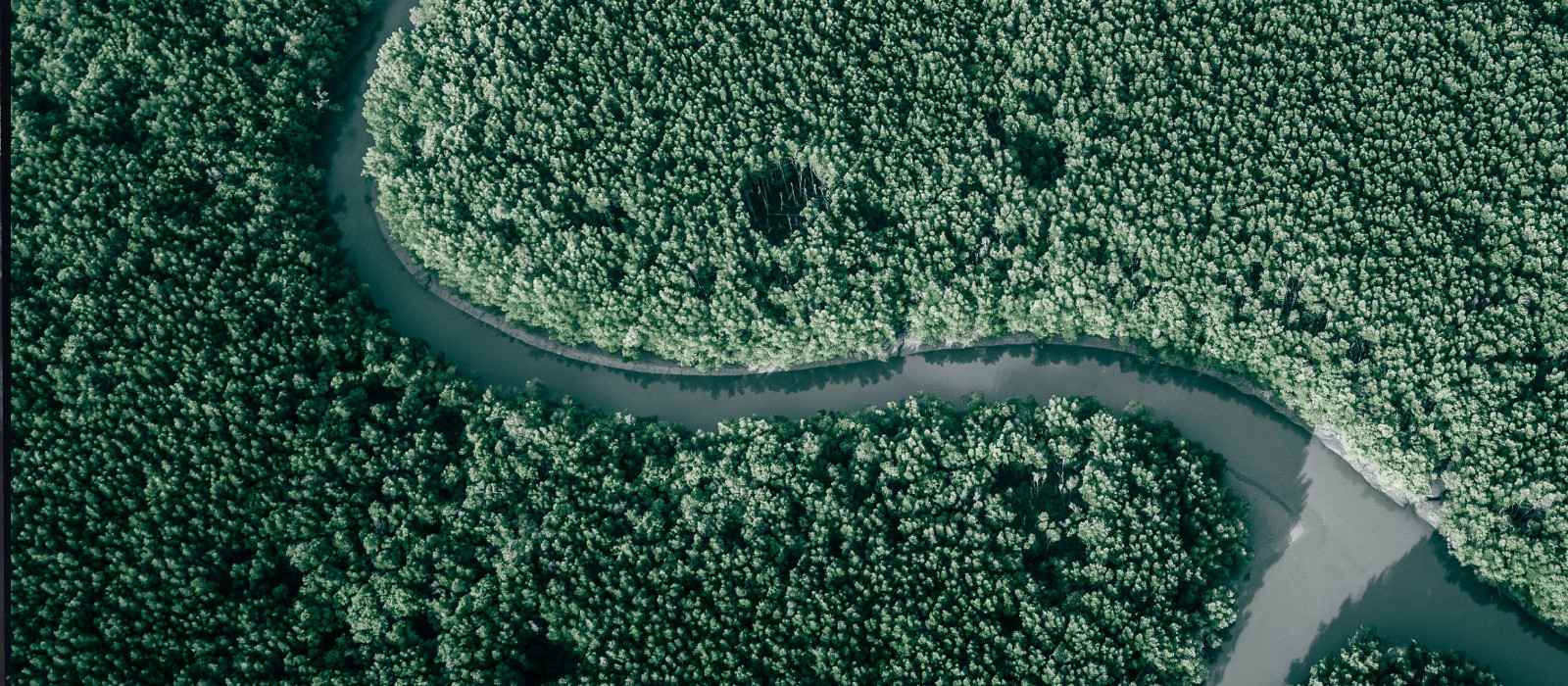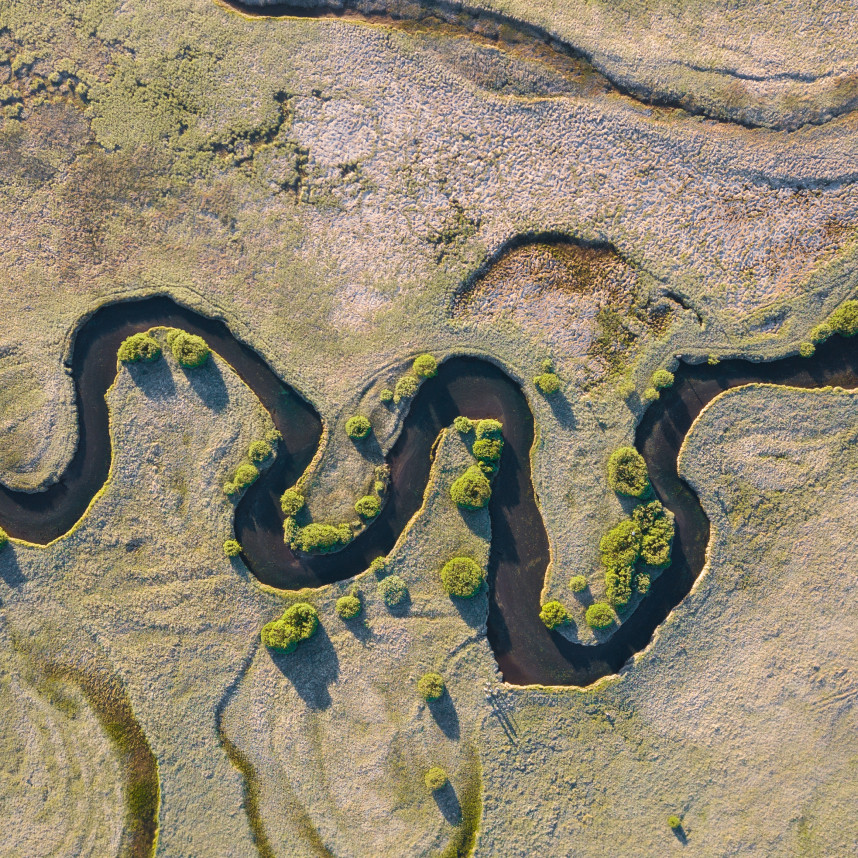Globally, the health of river ecosystems is a growing concern. In the UK, the Environment Agency's report indicating that only 14% of rivers meet good ecological status is a stark indicator of the broader global challenge. Rivers worldwide are struggling with reduced oxygen levels, loss of biodiversity and escalating pollution levels.
These issues not only affect the ecological balance but also have profound implications for human health. The decline in wildlife ecosystems directly impacts our food security and the livelihood of billions of people. The challenge is further magnified by the impacts of climate change, which intensify existing stressors on water and urban infrastructure.
Limitations of current river health monitoring
Traditional approaches to monitoring river health are proving inadequate in the face of these challenges. The European Environment Agency highlights the gap in consistent and frequent monitoring, underscoring the need for a more robust approach.
Most waterbody health data is collected through periodic manual samplings, which is labor intensive and requires time-consuming laboratory tests. This leads to infrequent data points and delayed insights.
Real-time data about waterbody health is not available at scale. Yet there is ongoing work to collect multiparameter sensor data and manual sampling data from regulatory bodies, waterwork companies and community led initiatives—and make it publicly available through openly accessible platforms.
However, data is often unsystematically represented in different formats with low usability and a focus on reporting, rather than strategic insights that can support better, faster decisions. However, to truly understand our water sources we must embrace modern technologies to unlock the value of the data we collect and create a holistic system that is able to help us understand changes in real time.
Advanced technologies, such as multiparameter sensors, provide more detailed and continuous water quality data. Integrating these tools with AI and machine learning, as proposed by the Water Research Foundation, can significantly enhance our understanding and management of river health. But even this is not enough. Installing the required number of sensors would not be financially viable to cover all waterbodies, and developing a scalable solution depends on the ability to connect and utilize data from multiple sources.
The need for a systemic approach
River health management is a multifaceted challenge that requires the involvement of various stakeholders. In alignment with the United Nations' Sustainable Development Goal 6, which focuses on clean water and sanitation, this effort should encompass not only environmental bodies but also local communities and industries that depend on river ecosystems. This broad-based collaboration can ensure that the strategies developed are all-encompassing and address the varying needs of different stakeholders.
Combining unique capabilities with world-class partnerships
To meet these challenges, we have joined forces with leading waterworks companies and world-class technology pioneers. The advancement in technologies such as underwater sensors, remote sensing, and AI-driven data analysis has opened new frontiers in river health monitoring.
With the combined expertise of the Cognizant Ocean team and our partners, we develop and deploy underwater sensors, video processing capabilities and AI modeling from different industries to find innovative ways of understanding waterbody health. We connect available datasets and apply layers of artificial intelligence and machine learning to build models which can be used to understand the issues—and design impactful solutions.
These technologies not only provide real-time data but also enable the analysis of large datasets to identify patterns and trends. For instance, remote sensing technology can track changes in river flows, sediment levels and pollution to provide valuable insights into the health of river ecosystems. Similarly, AI-driven models can predict future trends to help in proactive planning and management.
The opportunity
Our approach is concentrated on tackling challenges across the entire water supply system, aiming for both sustainability and financial benefits. In collaboration with our partners, we are dedicated to constructing a resilient and holistic digital ecosystem. This shift marks a significant transition from traditional, manual, reactive water monitoring practices and fragmented single-point solutions to a more integrated and proactive water supply management strategy.
This new approach leverages the latest digital technologies, including AI and ML, to ensure a comprehensive, real-time overview of water resources. By doing so, we enable more efficient, data-driven decisions that lead to enhanced water conservation, improved resource allocation, and the creation of a more sustainable future for our water systems.
Conclusion
The health of our rivers is a matter of urgent environmental, social and economic concern. Adopting a data-driven approach to river health is essential for understanding and addressing the complex challenges faced by these vital ecosystems. This approach, which leverages advanced technologies and fosters collaborative efforts, is not just beneficial—it is essential for the sustainable management of our river ecosystems.
This strategic pivot is not just a step forward in technological advancement but also a leap towards securing our water future in an increasingly uncertain world.
Find out more about blue life on our blue life pages. You'll also find more blog posts on our Ocean initiatives below.


















